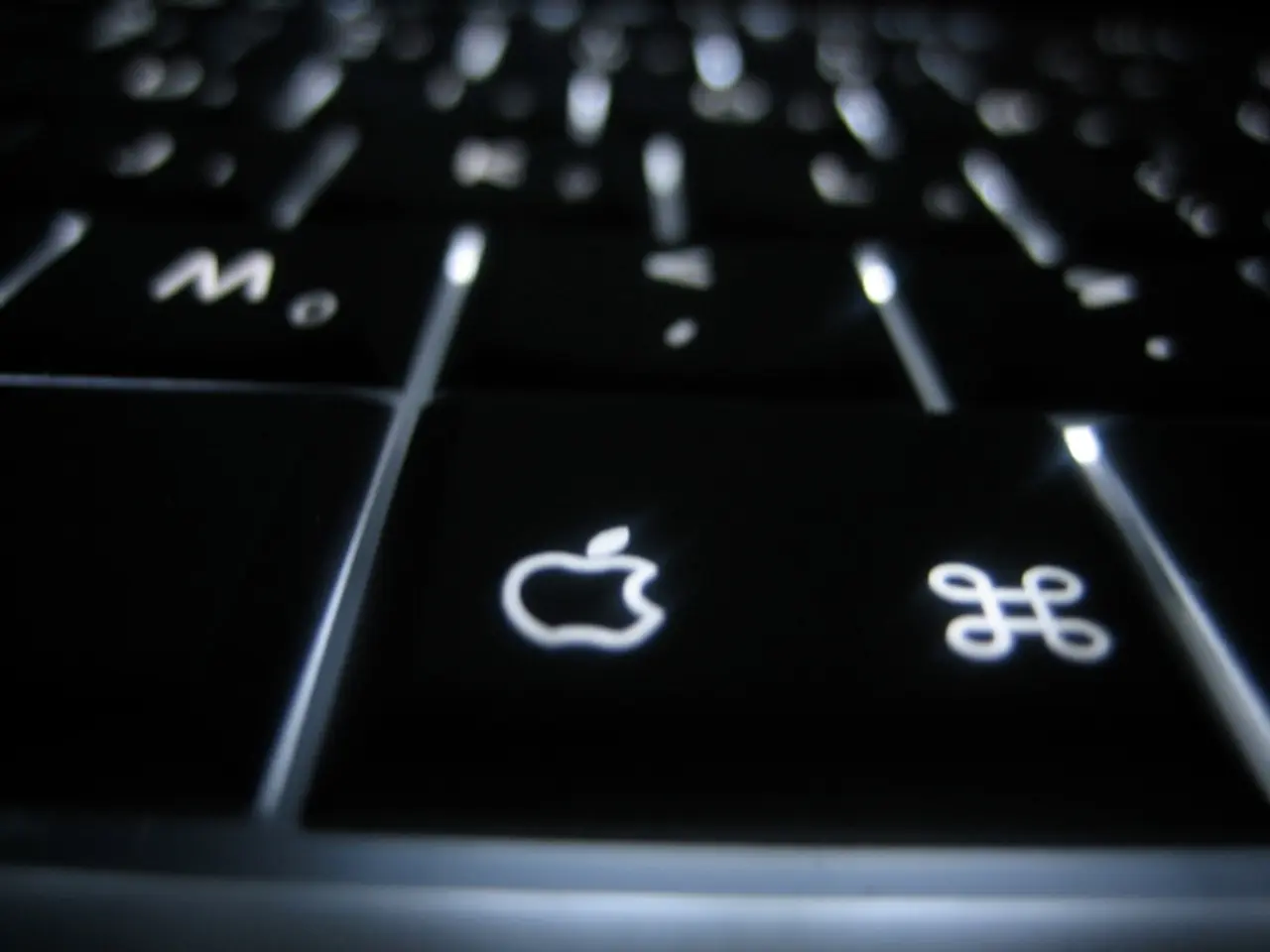Gmail Users Informed: Upgrade Accounts Required for Majority of Users by Google
In an effort to enhance account security, Google is urging its 2 billion Gmail users to take action and secure their accounts today. One recommended method is by adding a passkey to your Google account, which initiates a passkey-first, password-less sign-in experience.
By following a few simple steps, you can add a passkey to your Gmail account for improved security against phishing and credential theft. First, navigate to your Google Account settings at g.co/passkeys or the "Sign-in & security" section within your Google Account. Next, click on “Create a passkey.” You will be prompted to use your device’s biometric authentication (such as Face ID or fingerprint) or your screen PIN to confirm your identity. After confirming, your passkey will be securely saved on your device and backed up to your Google account.
Passkeys replace traditional passwords by using strong cryptographic keys stored only on your device, making them resistant to phishing and theft since no secret passes through the network or is stored on servers. This method provides a more secure login compared to traditional passwords, as passkeys cannot be stolen from websites, and you don’t need to remember or type a password manually.
Passkey support for signing into Gmail is now available to more than 11 million organizations using Google Workspace. However, Google's latest research shows that most people, including Generation X, Baby Boomers, and many Millennials, still rely on older sign-in methods like passwords and two-factor authentication (2FA). In fact, less than 30% of Gmail users have moved away from vulnerable "legacy methods" to sign into accounts.
Google emphasizes that passkeys are unique digital credentials tied to a user's device, offering phishing resistance and simplicity in the sign-in process. They are inherently resistant to phishing attacks, preventing users from handing over passkeys to malicious actors. Google warns that attackers are intensifying their phishing and credential theft methods on Gmail, driving 37% of successful intrusions.
In addition to using passkeys, Google advises users to ensure they have strong two-factor authentication in place, in case they ever need to use their password again. Forbes also warns iPhone and Android users not to share certain texts (context not provided in the passage).
Signing in with passkeys is as simple as unlocking your device, such as using a PIN or biometrics like a fingerprint or facial recognition. Regular Gmail users can add a passkey on their PC, tablet, or smartphone and sync between devices where available.
While less than a third of tech-savvy Gen-Z are more likely to use passkeys, it's important to remember that securing your account is a crucial step in protecting your personal information. So, take action today and secure your Gmail account with Google's passkey feature.
- In light of increasing phishing and credential theft attacks on Gmail, Google urges its users to secure their accounts by adding a passkey, which initiates a more secure passkey-first, password-less sign-in experience.
- Passkeys, unique digital credentials tied to a user's device, offer phishing resistance and simplicity in the sign-in process, making them resistant to theft and phishing attacks.
- In an endeavor to protect personal-finance data and maintain cybersecurity, it's essential for Gmail users to adopt secure methods such as passkeys and strong two-factor authentication, as attackers are intensifying their efforts in phishing and credential theft in the realm of data-and-cloud-computing and technology.




